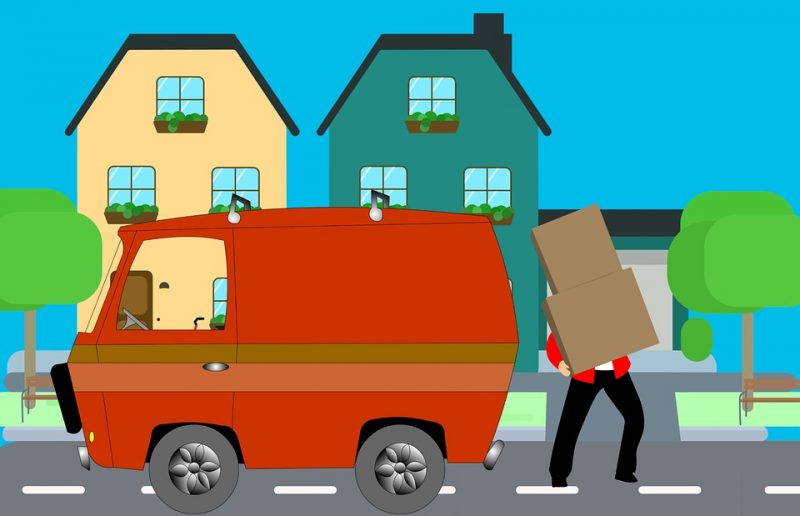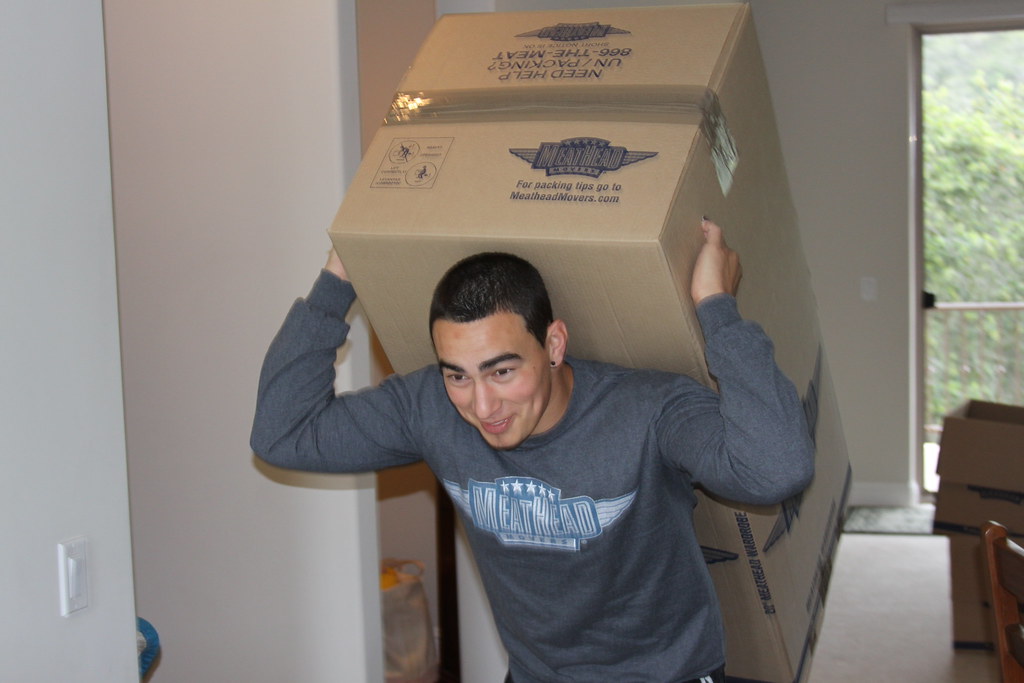
This post is a continuation from Part 1 on How to Organize a Move. Lately, we have gone through Step 1: Make a tour of the people available to organize a move, and Step 2: Get a moving vehicle.
We will now cover:
– Step 3: Optimize vehicle loading to organize a move
– Step 4: Study the route taken on the day of the move
– Step 5: Anticipate the unloading of your furniture
– And the final step will be covered in Step 6: Move with professionals
3. Optimize the loading of the vehicle to organize a move
Here are a few tips for organizing a move and optimizing the loading of your vehicle:
– Think about putting the heaviest objects and furniture at the bottom of the truck;
– bedding (mattresses and box springs) can be placed along the sides of the truck to cushion the other furniture;
– on the floor of the truck, you must put the heaviest boxes first by stacking them, and then the most fragile ones without stacking them too much one on top of the other so that they do not crush;
read more here: Tips for Successful Moving Boxes

– arrange the sofas in an upright position so that they take up less space;
– all frames and mirrors will be stored between the mattresses and will be well wrapped with bubble wrap.
Tip: Don’t forget to bring a small suitcase with all the necessary items for the evening and the next day because nothing will be stored and you will have trouble finding your things: toilet bag, change of clothes, chargers, eating kit, tea towels, towels, etc.
Important: a fridge (or freezer) can be transported dry, by taping the doors, fixing the moving parts, standing, or lying down on the opposite side of the filter-drier. This will minimize the risk of breakage and falls.
4. Study the route taken on moving day
Define your route and traffic conditions carefully before you leave because you’re going to be hauling a lifetime in a truck. The journey should be as pleasant and as short as possible.
You should also anticipate where to park so that you don’t find yourself far from your destination for unloading or have to leave your vehicle overnight waiting for a closer spot the next day.
Important: it is essential to identify the location before arriving at your new home with one or more moving trucks. Indeed, it is necessary to know the accessibility and parking possibilities so that you do not find yourself 200 m from the unloading site with boxes that are too heavy to carry.
Tip: it is advisable to unload your truck when you arrive to prevent it from spending a night full of your belongings, with all the risks of vandalism and theft that this can cause.
5. Anticipate the unloading of your furniture
Take a tour of the people who will help you to develop your home.
The people who helped you load your belongings will be present at the unloading site. However, you can expect new, fitter people.
If the place you are moving into is larger than your old home, there may be more people to help you, but as with moving, having too many people on hand can make the operation less efficient.
Good to know: if no one can be there, you can always use the services of a professional.
Unload the truck
When opening the truck doors, care must be taken to ensure that nothing falls out, as the trip will likely have caused objects to move that may be ready to fall out when the doors are opened. If objects have been broken, they must be removed first (mirror, glass, lamp, etc.).
Small and fragile objects will be removed before larger and heavier objects.
The boxes must be taken directly to the rooms where their contents will be stored, according to your previous markings, based on the labels or inscriptions on the boxes.
For example, the boxes with blue labels will be in the bathroom, those with red labels in the kitchen, etc.
Good to know: it can be useful to put blankets or protective plastic on the floor to store furniture and heavy objects so as not to scratch fragile floors such as parquet. This also allows heavy items to slide off.
Important: for the fridge or freezer, be sure to wait at least 6 to 8 hours before plugging it back in to allow it to stabilize. If you have transported it lying down, it is better to wait 24 hours.
What should I do if it breaks?
In the multi-risk home insurance contract, it is very rare to have a guarantee for the breakage or loss of transported objects when you organize the move yourself. You won’t be able to claim any compensation and this is one of the disadvantages of moving by yourself.
This post will now continue in part 3 in our next publication. Stay posted and remember to leave your comments below.


2 thoughts on “How to Organize a Move (Part 2)”